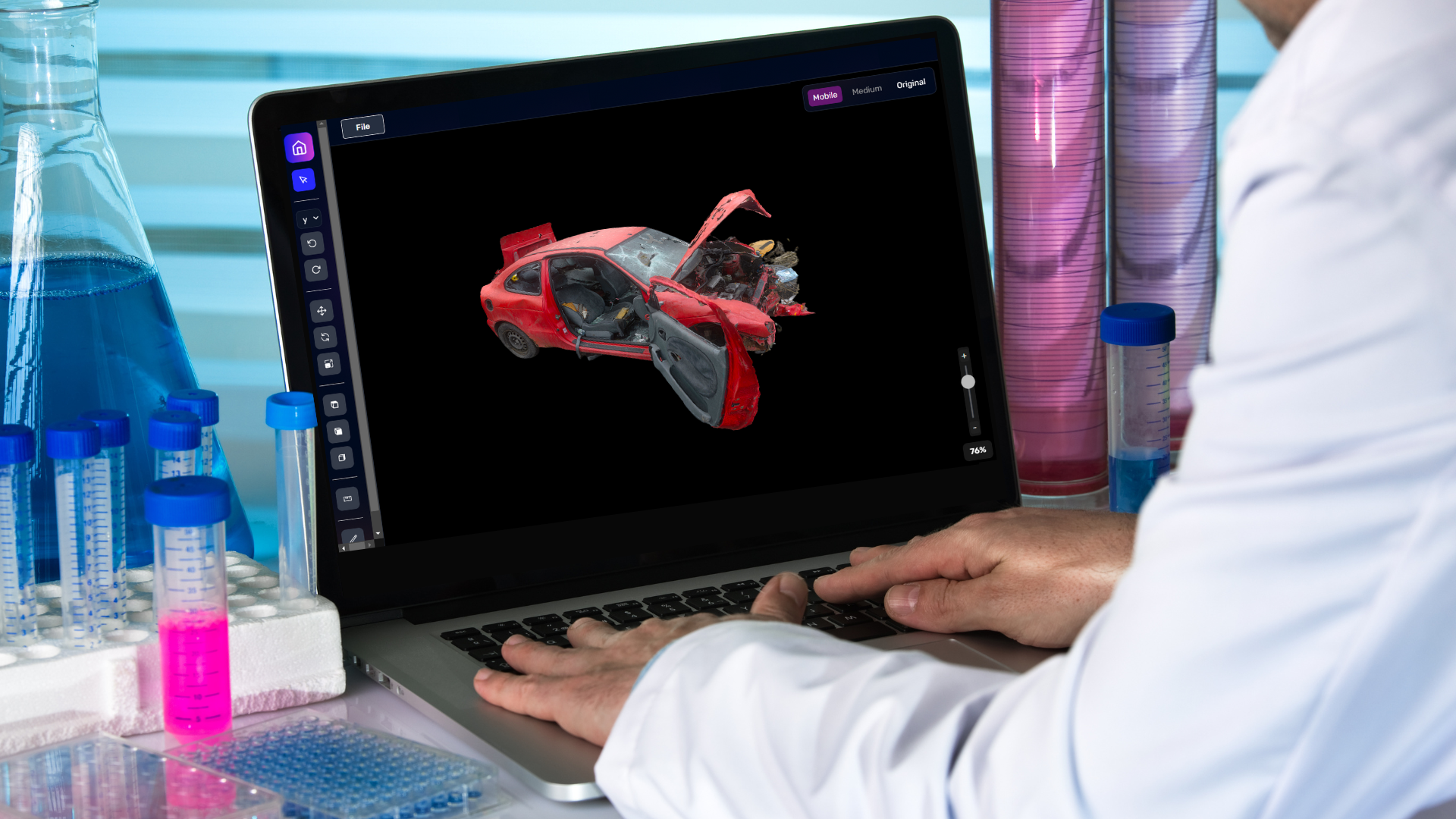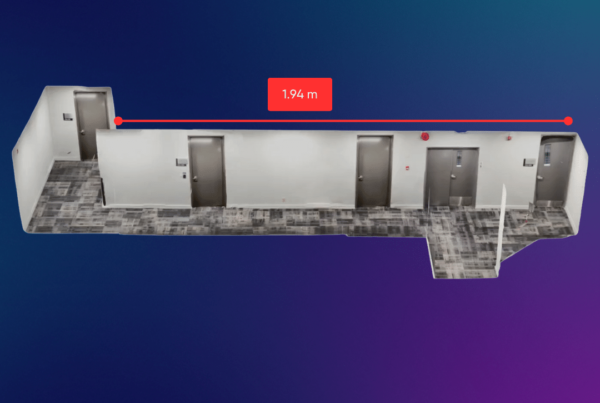A new application for crime scene investigation
The field of forensics is constantly evolving, new technologies are continuously being developed to help forensic teams understand crime scenes and incidents more efficiently and effectively. 3D scanning is one of the new technologies paving the way. This new technology is revolutionizing the way crime scenes are investigated, and it’s providing forensic teams with new and exciting opportunities to solve crimes.
Not only does 3D scanning make solving crimes easier, it saves companies money by reducing the need for repeated visits to crime scenes for multiple physical examinations of evidence. Capturing a digital replica of a crime scene and other physical evidence in a matter of minutes, and sharing with coworkers in the office, 3D scanning technology can save forensic teams a significant amount of time compared to traditional methods of evidence collection.
Here are various applications of this progressive 3D scanning technology in the forensics department.
Crime Scene Investigation

3D scanning technology provides a highly accurate and detailed representation of physical evidence while preserving it for future analysis. 3D images can be used to better understand the crime scene, the cause of death or failure. This detailed examination of the scene can help reconstruct the event, and allow forensic professionals to revisit a crime scene virtually. This improves collaboration and communication between teams. Unlike traditional methods of evidence collection, 3D scanning technology does not alter or damage the evidence, making it ideal for preserving crime scenes making it possible to conduct multiple examinations of the same evidence providing an increased understanding of the crime scene.
Ballistics Analysis
Another application of 3D scanning technology in forensics is for ballistics analysis. Combining 3D scans with the measurement capabilities of 3D scanning apps, forensic teams can get a detailed understanding of the trajectory of bullets and other projectiles. This information can then be used to determine the exact location from where the shots were fired, helping to identify critical details which often result in faster case resolution.
Anthropology and Face Reconstruction
In the field of anthropology, 3D scanning technology is also making a huge impact. By using 3D scans of human bones, forensic anthropologists can get an in-depth look at the remains, which can lead to improved victim identification, time of and cause of death calculation. 3D scans of bones can also be used to reconstruct facial features, helping to identify missing persons and solve cold cases.
The forensic enhancements provided by 3D scanning are just beginning. As the technology continues to evolve, there’s no telling what new and exciting applications we’ll see in the future. Apps such as the Luxolis 3D Scan App are free so there is no reason not to give it a try.
Download the Luxolis 3D Scan App today to see how it can help with your next project – it’s free!





Nice post. I learn something new and challenging on websites I stumbleupon every day. It will always be useful to read through articles from other writers and use a little something from other websites.